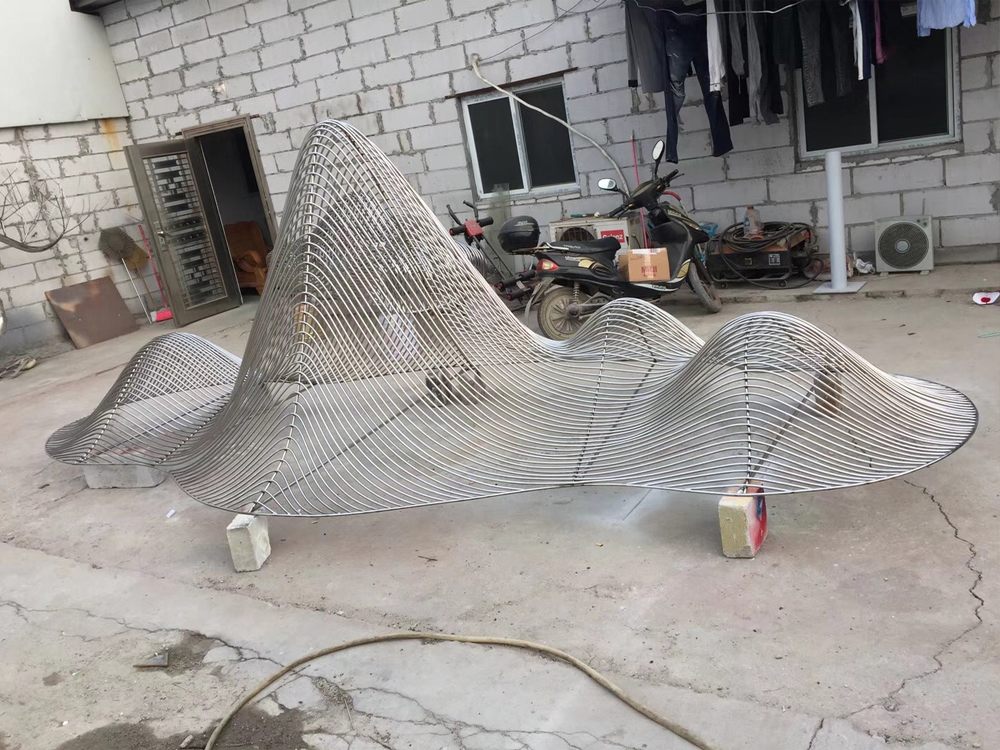
The Baroque period (1600-1750) revolutionized wood carving by transforming static religious figures into dynamic theatrical performances in timber. Baroque artists achieved this dramatic effect through several distinctive techniques that broke from Renaissance restraint.
1. Spiraling Compositions: Carvings adopted dramatic diagonal lines and S-curves, creating a sense of unrestrained motion. Saints appear to twist toward heaven, drapery swirls as if caught in divine winds, and angels burst dynamically through clouds.
2. Extreme Emotionalism: Faces contort with ecstasy or agony, hands gesture theatrically, and bodies strain with spiritual intensity. The famous *Ecstasy of Saint Teresa* wood carvings exemplify this emotional exaggeration.
3. Deep Undercutting: Carvers used unprecedented depth (sometimes 15+ cm) to create strong shadows that enhance the illusion of movement. Light dances across these surfaces during candlelit church services.
4. Narrative Tension: Multi-figure groups tell complete stories frozen at their climax - angels wrestle demons, martyrs meet dramatic ends, and biblical moments unfold with cinematic urgency.
5. Architectural Integration: Many carvings were designed to interact with their surroundings, seeming to burst from altarpieces or descend from ceilings, enhancing their dramatic presence.
These techniques served the Counter-Reformation's goal of making religious experiences more emotionally compelling. Today, these masterpieces continue to astonish viewers with their vitality, proving wood can indeed be made to "move" through artistic genius.

